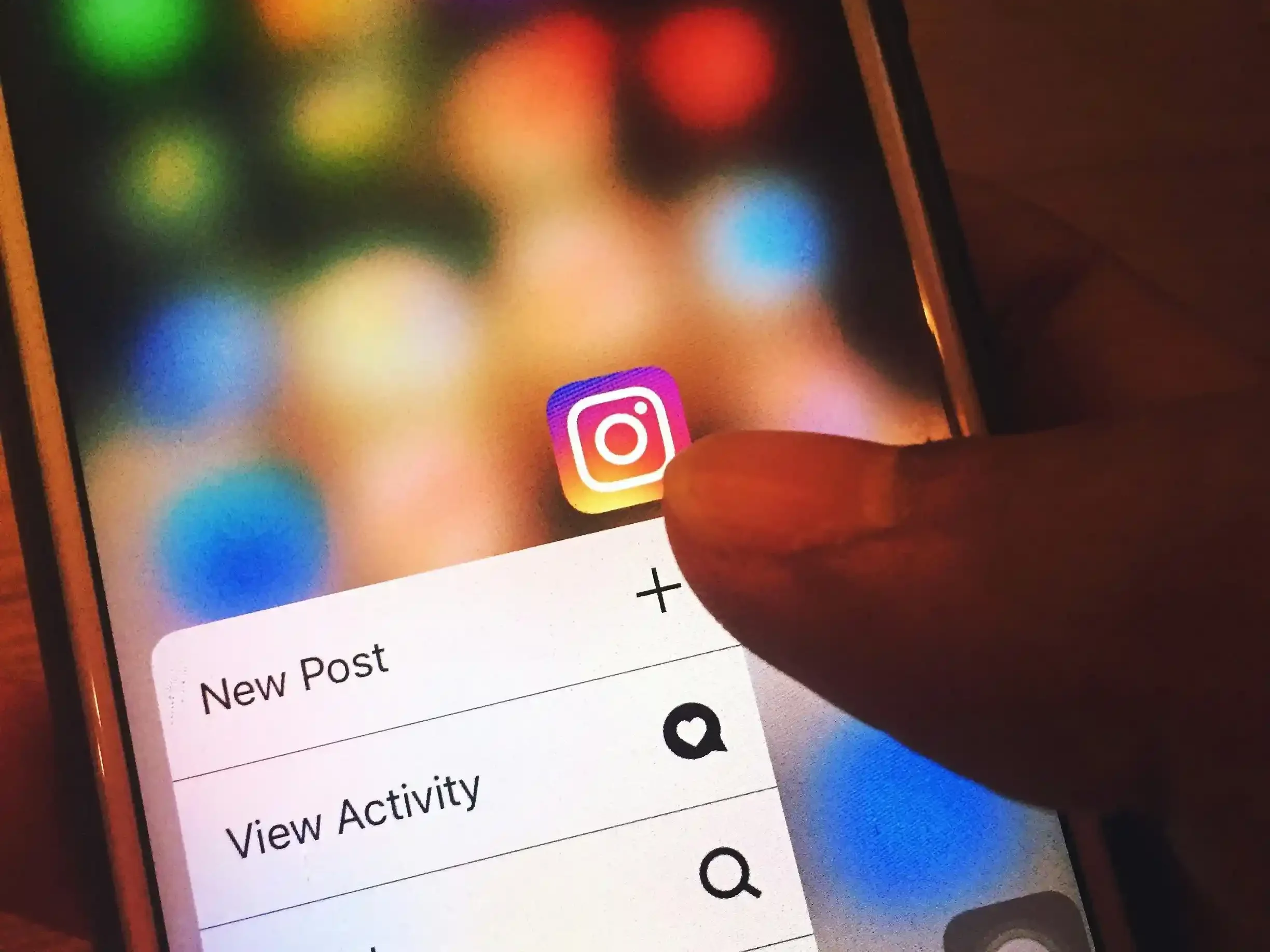In a time when notifications and scrolling through digital feeds are all-consuming, the idea of a social media detox has become a lifesaver for people who need a break from the overwhelming world of the internet. As the digital world keeps changing, so do the difficulties brought on by its pervasiveness, leading people to reevaluate how their virtual relationships affect their general well-being. This piece explores the art and science of social media detoxification, looking at the reasons behind the rising popularity of this practice, the possible advantages of disconnecting, and doable methods for taking back control of our online lives.

Come along on a journey to uncover the life-changing potential of putting down the screen and reestablishing contact with the material aspects of life that, in the digital age, are sometimes overlooked.
Table of Contents
What is social media detox?
A planned and brief pause from social media use is referred to as a “social media detox.” It includes choosing to deliberately refrain from actions like liking, sharing, posting, and scrolling through content on websites like Facebook, Instagram, Twitter, and other similar ones. Establishing a more healthy balance between the virtual and physical worlds is the main objective of a social media detox.

People who are on a social media detox disconnect from the never-ending flow of news, updates, and social interactions that these platforms provide. Detoxes can last anywhere from a few days to several weeks, and each person’s approach will be unique based on their preferences and goals.
People choose to cut back on social media for a variety of reasons, such as:
Mental Health: To reduce tension, worry, or inferiority complexes brought on by constantly comparing oneself to others on social media.
Productivity: Reclaiming time that could be wasted aimlessly scrolling and allocating it to tasks that yield greater results.
Personal Relationships: To reduce distractions and be present in in-person interactions with friends and family in order to cultivate deeper connections.
Self-Reflection: To see one’s own values, interests, and objectives more clearly while removing the influence of digital media from the equation.
Digital Overload: To alleviate the continual barrage of news, updates, and notifications, as well as information overload.
Better Sleep: Steer clear of social media right before bed to lessen the possible harm that screen time may do to sleep habits.
Benefits of social media detox
Taking a break from social media can have a lot of advantages and improve a lot of different areas of your life. Here are a few possible benefits:

Better Mental Health: Taking a vacation from social media can help reduce tension, anxiety, and low self-esteem that can result from continuously comparing oneself to others. Reducing the stress of maintaining a well-curated online persona can help one feel happier.
Increased Productivity: You might find that you are more concentrated and productive when there are fewer digital distractions. A social media detox gives you the chance to repurpose the time you would normally spend scrolling through social media to engage in more purposeful and targeted activities.
Deeper Personal Connections: Face-to-face conversations can be more meaningful when social media is cut off. You can develop and improve your relationships with friends, family, and coworkers by being in the present moment.
Enhanced Self-Awareness: You could become more cognizant of your own values, interests, and objectives without the impact of outside comparisons and opinions. A social media fast creates time for introspection and self-learning.
Improved Sleep Quality: Cutting back on screen time, particularly before bed, can improve the quality of your sleep. Reducing screen exposure can help promote better sleep patterns because the blue light it emits can disrupt the body’s circadian rhythm.
How to go on a social media detox?
Reducing or stopping your use of social media platforms for a specific period of time is known as social media detoxification. Here’s a detailed guide on cutting back on social media use and then reintroducing it gradually:

How to Detox from Social Media:
Specify Your Objectives: Explain why you are doing the detox. Having specific goals will help you stay focused, whether your objective is to improve mental health, lower stress levels, or increase productivity.
Select a Time Frame:
Choose the duration of your detoxification. Any amount of time that works for your goals and lifestyle could be used—a few days, a week, a month, etc.
Tell Your Connections: Think about telling your family, friends, and coworkers that you are going on a social media fast. This lessens worries about your unexpected absence and helps to manage expectations.
Disable Notifications: To prevent continuous disruptions, turn off notifications for social media applications. You won’t be tempted to check your accounts whenever you get a notification if you do this.
Remove or Log Out: You might want to remove social media apps from your phone or log out of your accounts on various gadgets. When you want to access them, this adds an additional step, which makes you think twice before choosing.

Replace Social Media with Other Activities: Plan other activities to occupy the time you would have spent on social media in place of social media use. This could be engaging in hobbies, reading, working out, or spending more time with loved ones.
Establish Boundaries: If you’re not ready to give up social media entirely, establish time limits. Set limits on the times of day you can check your accounts, and follow through on them.
Use Productivity Apps: To limit access to social media during specific hours, think about utilizing website blockers or productivity apps. You can remain focused on other tasks by doing this.
How to Gradually Reintroduce Social Media:
Reflect on the Experience: After the detox period, consider the impact it had on your general well-being, productivity, and mood. Evaluate your accomplishments and the lessons you took away from the experience.
Analyze Your Relationship with Social Media: Take into account the aspects of social media that make a positive and negative difference in your life. Determine the channels and pursuits that fit your objectives.

Reinstall or Log In: Select the apps and platforms you want to reintroduce if you removed them during the detox. Either log in to your accounts or reinstall the apps.
Set Usage Limits: Set daily social media usage limits by utilizing third-party apps or the built-in features on your devices. This aids in keeping you in charge of your screen time.
Curate Your Feed: Unfollow any pages or accounts that don’t support your objectives or enhance your wellbeing. Organize your social media feed to make it more motivating and upbeat.
Establish Social Media-Free Zones: Establish boundaries for when and where you will use social media. For instance, you may choose not to check your accounts an hour before bed or during meals.
Be Mindful of Your Interactions: Observe your feelings following your use of social media. If you experience stress or unpleasant feelings, you might want to change how you use technology or take regular pauses.

Recall that the objective is to create a relationship with social media that is mindful and healthy and supports your general wellbeing. Adapt your strategy to what suits you the best.
Social Media Detox FAQs
Should you take a social media detox?
A planned and brief pause from social media use is referred to as a “social media detox.” It includes choosing to deliberately refrain from actions like liking, sharing, posting, and scrolling through content on websites. Read this article for complete details on this.
What’s causing my “social media withdrawal”?
Your brain starts to anticipate dopamine-triggering stimuli even before they occur when you expose yourself to them. This is why, if you go too long without any dopamine triggers, you may experience “social media withdrawal”—a compulsive need to check social media. Social media creep is the culmination of all of this.
What are the social media detox rules ?
Reducing or stopping your use of social media platforms for a specific period of time is known as social media detoxification. Here’s a detailed guide on cutting back on social media use and then reintroducing it gradually.
How long do you detox from social media?
It is up to you how long you take to cut back on social media. While a 30-day social media detox is the most popular duration, you can also choose to cleanse for seven, ninety, or even a full year (or longer). If the thought of going through a detox seems too overwhelming, you can begin with a shorter detox and work your way up to a longer detox.
You might also be interested in reading about A complete meditation guide for 2024

